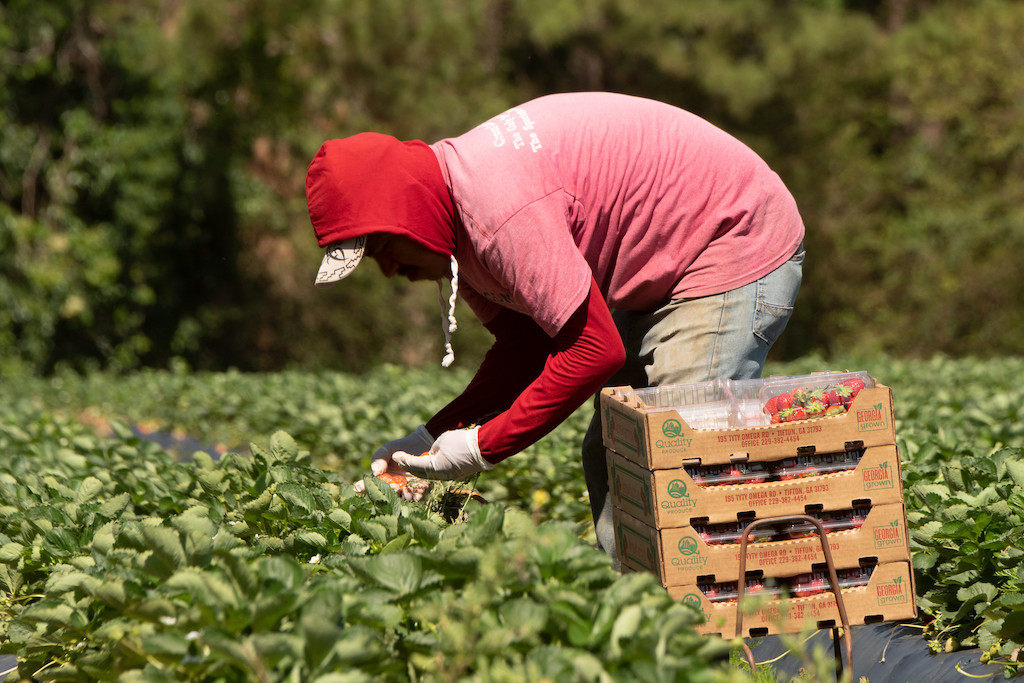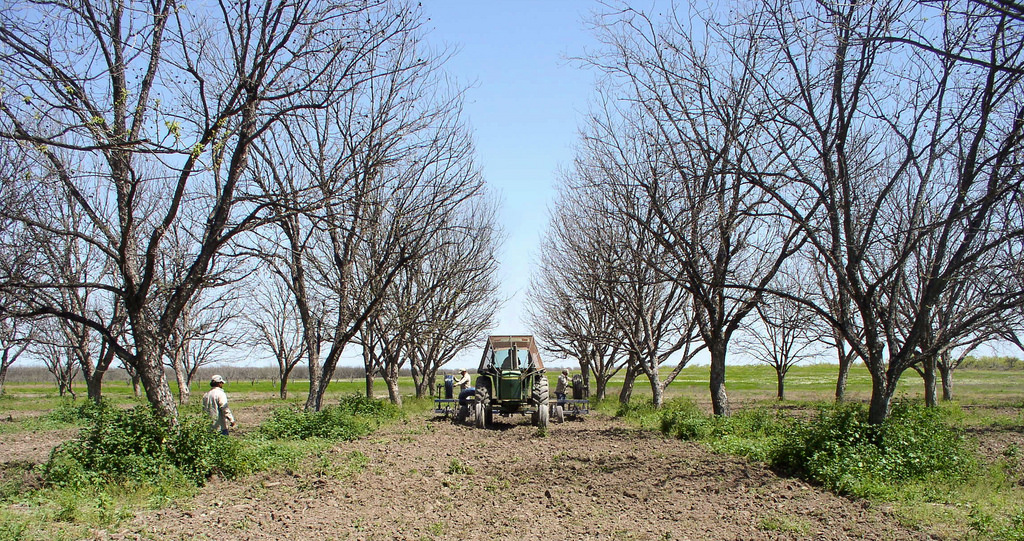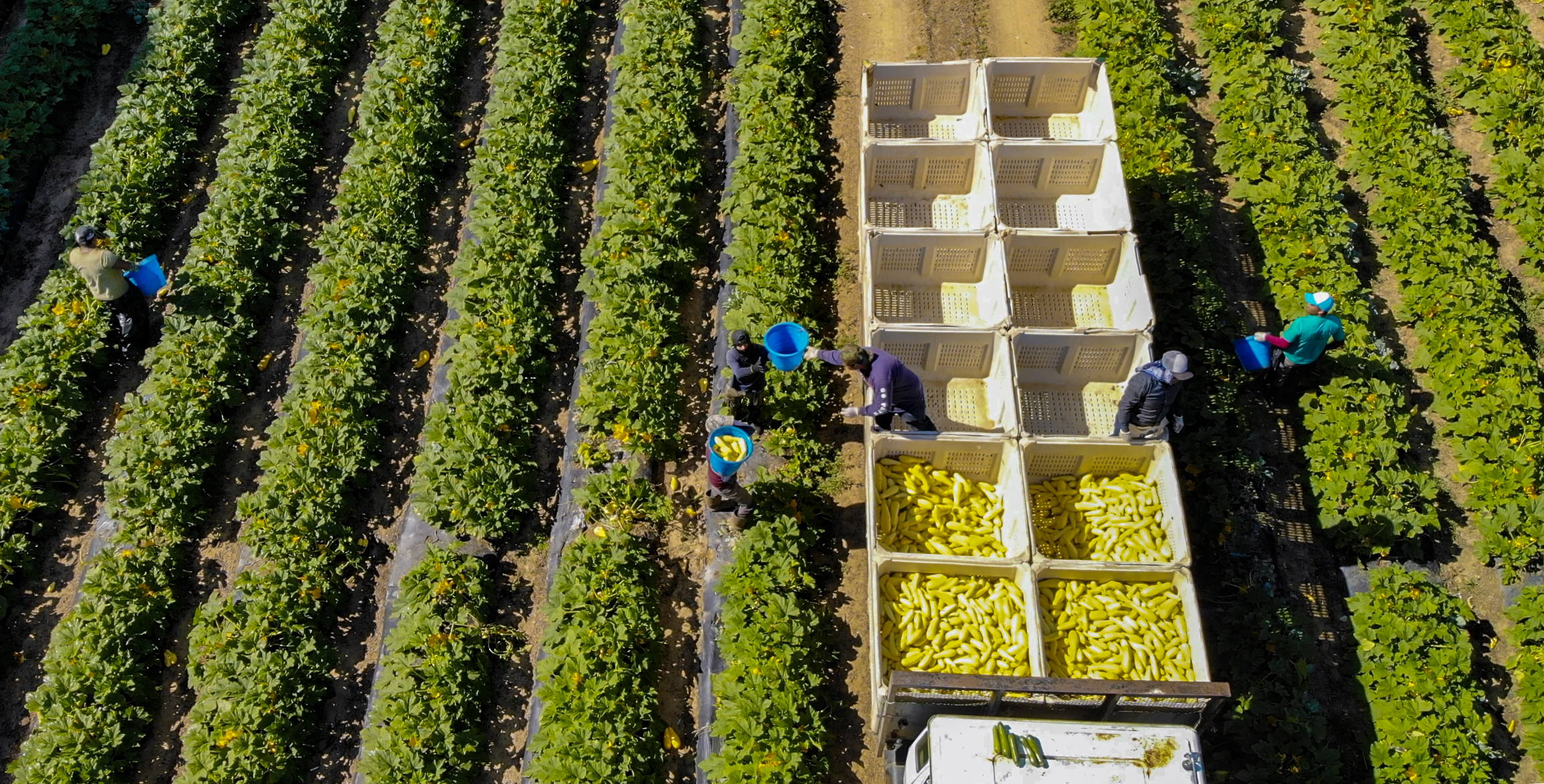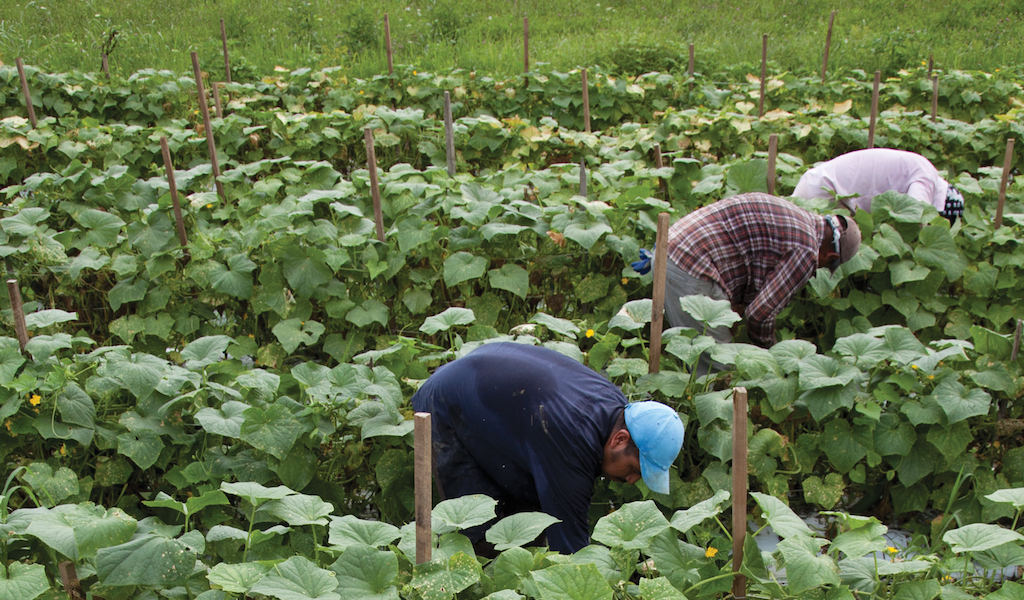The United States Department of Labor (DOL) on Monday proposed a set of substantial changes to the temporary farmworker program that allows American employers to hire foreign workers on a seasonal basis. Named the H-2A program for the visa it issues, it’s meant to give farmers a legal pathway to fill job vacancies during labor shortages. For farm workers, DOL’s proposal could decrease wages and increase the costs they must incur to get their visas. For farmers, the changes could streamline the hiring process and reduce costs.
The H-2A visa program is a modern adaptation of the bracero program, which was established during post-World War II labor shortages and through which millions of Mexican farm workers were hired to work on American farms. Unlike other foreign worker programs, there’s no cap on how many H-2A visas can be issued in a given year. In the past decade, reliance on the program has risen exponentially, increasing fivefold between 2005 and 2018, according to the Economic Research Service of the United States Department of Agriculture (USDA).
Now, DOL is proposing that the AEWR be segmented based on different occupations on the farm, which the agency says will raise wages for workers in specialized positions like equipment operators, sorters, graders, food technicians, livestock handlers, or supervisors. As a consequence, however, general farm workers—as in, pickers doing field work—could see a significant decrease in their paychecks.
“There is a possibility that it could result in depressed wages for farm workers and employees at the bottom of the totem pole,” says Virginia Halden, an attorney at the Pennsylvania Farmworker Project, which provides legal aid to farm workers in the state.
According to DOL’s own calculations, field workers in California would have seen their wages drop from $13.18 to $12.92 an hour under the proposed rule in 2018. In Florida, that rate would decrease from $11.29 to $11.21 an hour. In Kansas, from $13.64 to $12.83 an hour.
The proposal would also change the point at which employers become responsible for workers’ travel costs. Currently, employers are required to cover expenses for the journey to the employment site, beginning at a worker’s home in their country of origin. The DOL proposal, if finalized as is, would require employers to pay only for costs starting at the U.S. embassy or consulate where a farm worker receives their visa. This assumes that workers immediately proceed to farms after receiving work authorization, but that isn’t the case, according to Halden. In addition, it means that the cost of commuting between a farm worker’s home and a visa-issuing office—which can be particularly expensive for those who are making the journey from remote or rural areas—would be transferred to the farm worker.
“It tends to be a relatively small amount of money for an American company, but it could be a pretty large expense for the worker,” Halden says.
Employers may welcome DOL’s proposal, which also has provisions that would streamline the H-2A hiring process. For one, it would digitize the H-2A application, thereby reducing paperwork and cutting mailing costs.
It also loosens an existing program requirement designed to prioritize Americans seeking jobs on farms. Currently, if any U.S. worker applies for a job during the first half of a farm’s H-2A contract period, participating employers are required to hire them. The DOL proposal would reduce this period of obligation to just 30 days after the start of an H-2A contract, a change that could give employers more stability in their workforce, according to Marsh.
This proposal will be published in the Federal Register at some point over the coming few days, after which public comment will be solicited, says a DOL spokesperson. We will update this story once the link becomes available.
Correction: A previous version of this article misstated the drop in wages that field workers would have experienced in 2018 under the proposed rule. Those numbers have been updated.











